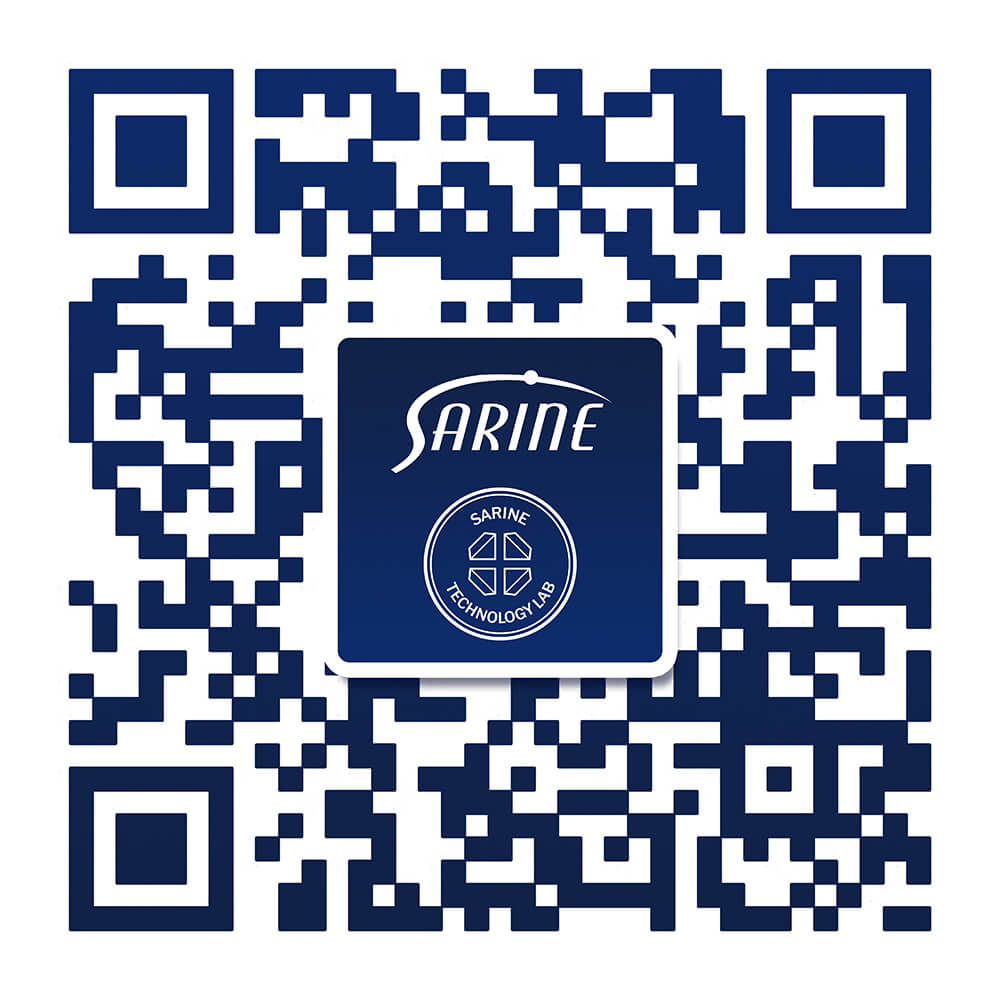Today’s diamond market contains stones of many different types and provenances. Given the market’s long supply chain, it can be difficult to establish whether a given stone is a natural mined diamond or a synthetic lab-grown diamond. The diamond industry requires a method to authenticate the origin of each diamond and its path to the retail market.
Blockchain, a disruptive technology that creates a decentralized and tamper-proof data record, is one of the most popular methods for recording diamond traceability. We explore the potential and pitfalls of blockchain for the diamond industry.
Introducing a New Level of Transparency
Bringing transparency to the diamond industry is a challenge as it is a complex system with many points in the supply chain. Consumers are aware of the opacity of the diamond trade and want to know that their diamonds are authentic and free of the taint of conflict and unethical practices. To increase transparency, it’s necessary to track diamonds, from the moment that they are mined (or created in a lab) to their sale by retailers.
One initiative that was adopted by the diamond industry to address this issue was blockchain. The secure, tamper-proof “blocks” of data in blockchain were seen as a way to prevent diamonds with unethical or murky origins from entering the supply chain and being sold on the diamond market.
Ensuring Provenance and Preventing Counterfeiting
Diamonds have a long and complicated supply chain, so you can only verify their authenticity and provenance by recording every step taken by every stone. Blockchain is praised because it stores each piece of transaction information in a way that prevents it from being altered.
But despite popular belief, blockchain is not infallible. Unscrupulous or misinformed can forge documents and whitewash the murky history of their diamonds, and then enter them into the blockchain ledger at any point in the supply chain. Once the information is secured in the blockchain, it gains a halo of authenticity, since people who access the blockchain believe that it’s 100% trustworthy.
You can rely on blockchain to ensure that the information it contains has not been tampered with since it was entered. The trouble is, blockchain can’t guarantee that the original information was itself reliable or correct.
 Blockchain Technology in the Diamond Industry
Blockchain Technology in the Diamond Industry
Industry players - In 2018, De Beers Group introduced Tracr, a blockchain-based initiative for diamond traceability.
In the same year, IBM partnered with other members of the diamond industry to announce the TrustChain Initiative, which also uses blockchain to authenticate the diamonds and precious metals used for a number of different styles of engagement rings.
All of these companies rely on blockchain to prove that the diamond provenance and traceability is 100% reliable. But as we have illustrated, it’s not possible to be 100% certain that blockchain data is correct. Ignoring the possibility that diamonds with a falsified history could enter into the blockchain record clouds their transparency and reliability.
Improving Customer Engagement
The power behind blockchain is that it allows luxury goods and diamond companies to tempt customers with information about the provenance and traceability of their purchases. Retailers can leverage the authenticity of blockchain to engage customers with an appealing narrative about the origin and creation of their products, and use this authenticity and transparency to enhance brand image and increase sales.
Diamond companies should always be on the lookout for new data provenance technologies. Authenticated and reliable information can be a game changer for this industry, offering the chance to shape new trends and build new sales tactics. However, this can only be fulfilled if the information is truly reliable and genuine, which means it needs to be independently authenticated and controlled every step of the way.
Blockchain is Just Another Brick in the Wall
The diamond industry sorely needs a reliable, trustworthy way to record diamond provenance and track each stone’s journey throughout the diamond supply chain.
When it comes to diamond traceability, blockchain can be part of the answer, but it cannot be used as the sole means of ensuring transparency.
Sarine’s proprietary Diamond Journey™ technology goes a step beyond blockchain to create a scientific solution that brings transparency and traceability to the diamond industry. Learn more about Sarine Diamond Journey:





-1.jpg?width=310&name=blog_image%20(003)-1.jpg)





